- Grasset, Paris 1913, 11,5x18,5cm, relié. - PROUST Marcel Du côté de chez Swann [Swann's Way] Grasset, Paris 1913, 115 x 185 mm (4 1/2 x 7 1/4 "), 20th-century half morocco First edition, second issue, on ordinary paper, with the printer's date of 8 November 1913, the typographic error to Grasset on the title page corrected and no index. Half grey morocco by Thomas Boichot with anthracite patches at corners, spine in six compartments, date at foot, covers and spine mounted on guards, top edge gilt, slipcase trimmed with grey morocco. A fine autograph inscription from Marcel Proust to Count Primoli: "Hommage d'attachement respectueux et bien vif [As token of my lively and respectful feelings]." Joseph Napoléon, Count Primoli (1851-1927), was the great nephew of Napoleon Bonaparte. Closely tied to the imperial family during the Second Empire, he was later a faithful visitor to his beloved aunt, Princess Mathilde's salon, held at her mansion in the rue de Berri. His refined and spiritual conversation were much admired there and - a passionate bibliophile - he also met some of the great writers of the age: Gustave Flaubert, Théophile Gautier, the Goncourt brothers and even Guy de Maupassant. It was also there that he got to know, from the 1890s on, the young Marcel Proust. The two men found a strong mutual sympathy and the Count, who was dedicated to strengthening literary and cultural ties between Rome (his city of birth) and Paris, invited the writer several times to visit the Italian capital. Proust never went, but in his eyes, Primoli's letters alone carried "a little of the charm of Rome" (letter from Proust to Primoli, early 1907, cited in: Pasquali C., Proust, Primoli, la moda, p. 26). On the occasion of the death of Princess Mathilde, who had made their meeting possible, in 1904, Proust wrote to the Count: "allow me to say only that I shed bitter tears with you, because I loved the Princess with an infinite respect - and because it gives me so much pain to think of you so unhappy, you who are so good and for whom one would wish with all one's heart happiness; with your sad and wounded heart, one wishes that every evil blow would spare you." (letter from Proust to Count Primoli, 4 January 1904, ibid., p. 21). When Swann's Way was published in November 1913, Count Primoli was one of the very first people to whom Proust presented a copy, as a letter of Proust's from early January 1914 attests, mentioning the present copy: "Dear Sir, When my book came out you were one of the very first people I thought of. From the first day we were sending out books, I kept questioning my valet: 'has Count Primoli's copy gone out?' He told it had and it was true. Just today, when I received your card (so amusing and pretty) in which you talk of the Mona Lisa's escort 'in the guise of a musician,' I said to my valet: 'Look, a card from Count Primoli.' He looked at it. 'What? The Count is in Rome? But I sent the book to Paris!' I had a moment of fury and disappointment. Perhaps your concierge has sent your copy on to Rome. But just to make sure, I'm sending a second copy to Rome. Only, I have none left of the first edition. You'll find one in Paris when you come back, it's been there for some time. I can only send you a copy of the second impression, which, by the by, has fewer grave mistakes than the first. But I am too sick and too unhappy at the moment to correct them all myself." (ibid., p. 51). This copy, then, is the copy of the second issue that Proust send to Primoli in Rome and mentions in his letter. A fine witness to the friendly links between Marcel Proust and Count Primoli. [FRENCH VERSION FOLLOWS] Édition originale sur papier courant, exemplaire de seconde émission comportant le bon achevé d'imprimer du 8 novembre 1913, la faute typographique à Grasset corrigée sur la page de titre ainsi que l'absence de table. Reliure en demi maroquin gris anthracite à coins, dos à
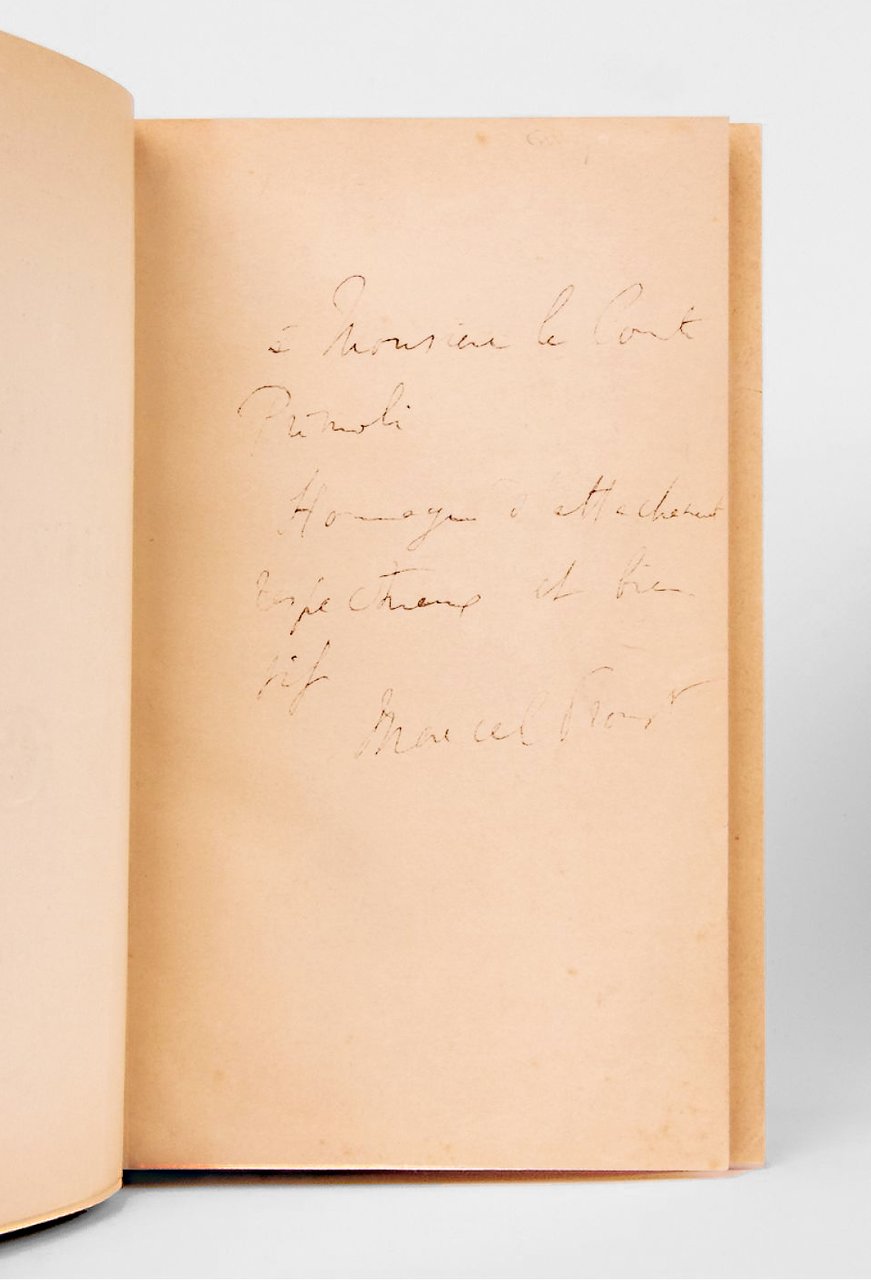
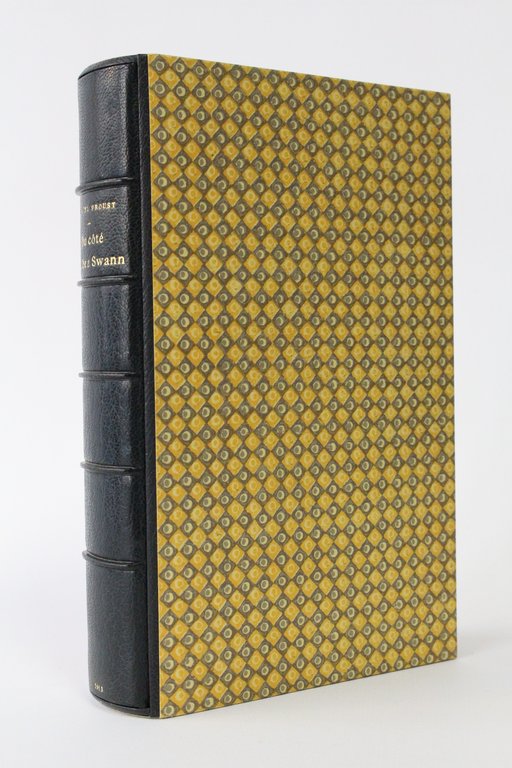
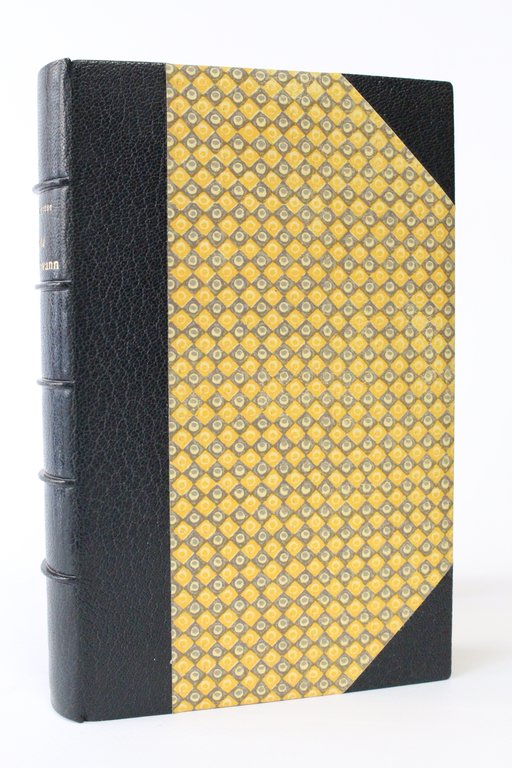
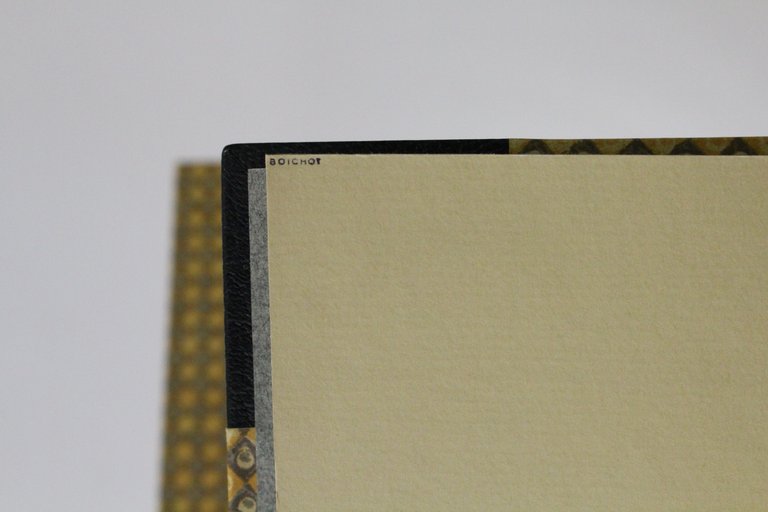
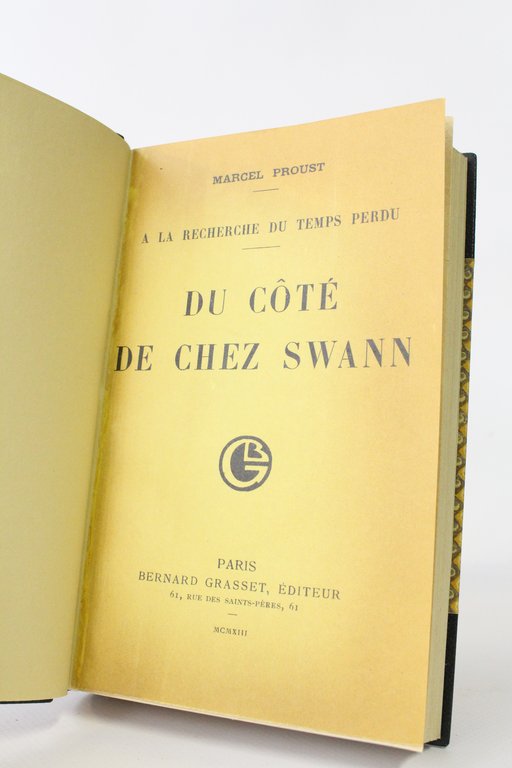
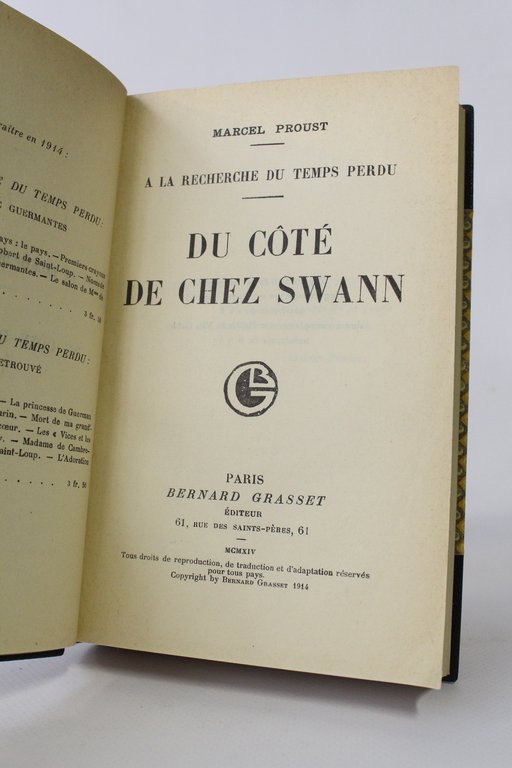
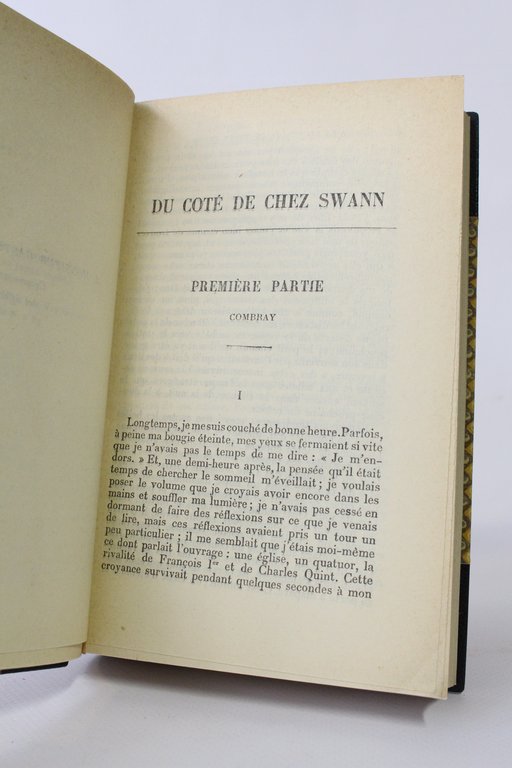
Descubre cómo utilizar
Descubre cómo utilizar
